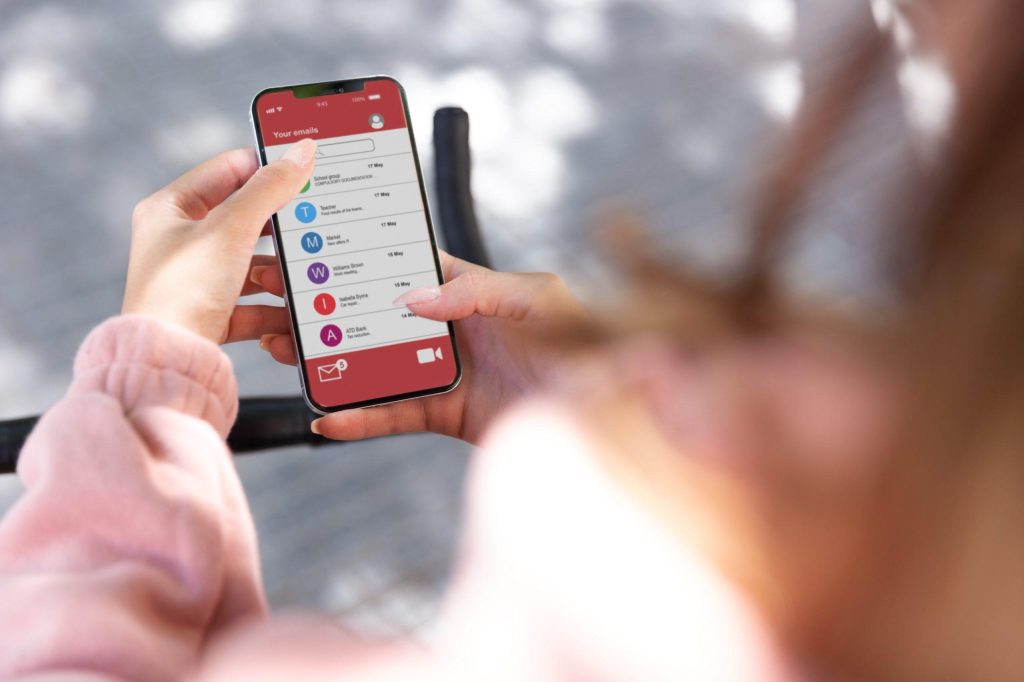Top Monetization Strategies for Mobile Apps

The freemium model remains one of the most popular monetization strategies for mobile apps. This approach involves offering a basic version of the app for free while providing additional features and premium content at a cost. Users can enjoy the core functionalities without any charges, but they must pay to unlock advanced features or remove ads.
- Benefits:
- Attracts a larger user base with free access.
- Encourages users to upgrade to premium for enhanced features.
- Provides a steady revenue stream from in-app purchases.
- Implementation Tips:
- Clearly differentiate between free and premium features.
- Regularly update and add new premium content to retain subscribers.
- Offer limited-time promotions to encourage upgrades.
In-App Advertising

In-app advertising is a widely used strategy where ads are displayed within the app. Developers earn revenue based on ad impressions, clicks, or installations. With the right ad placements and formats, this strategy can be highly lucrative without disrupting the user experience.
- Types of In-App Ads:
- Banner Ads: Positioned prominently at the top or bottom of the screen.
- Interstitial Ads: Full-screen advertisements that appear during natural transitions in the app.
- Rewarded Video Ads: Users watch ads to earn in-app rewards.
- Native Ads: Integrated seamlessly into the app’s content.
- Implementation Tips:
- Ensure ads are relevant to the app’s audience.
- Avoid excessive ad placements to prevent user frustration.
- Use analytics to track ad performance and optimize placements.
The subscription model entails charging users a regular fee for access to premium content or features. This model is particularly effective for apps offering continuous value, such as content streaming, fitness, and productivity apps.
- Benefits:
- Ensures a regular source of income.
- Encourages long-term user engagement.
- Allows for tiered pricing based on different levels of access.
- Implementation Tips:
- Offer a free trial period to attract new subscribers.
- Regularly update content to justify subscription costs.
- Provide clear and easy cancellation options to build trust.
In-App Purchases
In-app purchases (IAPs) enable users to buy virtual goods, additional features, or content within the app. This strategy is popular in gaming apps but can be effectively used in various other app categories as well.
- Types of In-App Purchases:
- Consumables: Items that are used up and can be purchased repeatedly (e.g., virtual currency).
- Non-consumables: One-time purchases that remain available permanently (e.g., additional levels).
- Subscriptions: Recurring purchases for ongoing access.
- Implementation Tips:
- Offer a variety of purchase options to cater to different user preferences.
- Use in-app events and promotions to boost sales.
- Ensure the purchasing process is smooth and secure.
Affiliate Marketing
Affiliate marketing consists of promoting products or services from third parties within the app. Developers earn a commission for each sale or action completed through their referral links. This strategy can be seamlessly integrated into apps focused on shopping, travel, and lifestyle.
- Benefits:
- Generates additional revenue without charging users.
- Provides value to users by recommending relevant products.
- Can be integrated with additional monetization methods.
- Implementation Tips:
- Collaborate with trustworthy and relevant affiliate programs.
- Integrate affiliate links naturally within the app’s content.
- Monitor and evaluate affiliate performance to improve campaigns.
Sponsorships and Partnerships

Sponsorships and partnerships involve collaborating with brands to promote their products or services within the app. This strategy can include sponsored content, branded features, or exclusive promotions.
- Benefits:
- Offers significant revenue potential through brand deals.
- Enhances the app’s credibility and reach.
- Provides users with exclusive offers and content.
- Implementation Tips:
- Partner with brands that align with the app’s values and audience.
- Clearly disclose sponsored content to maintain transparency.
- Negotiate mutually beneficial terms and track performance.
E-commerce Integration
For apps with a retail or lifestyle focus, integrating e-commerce functionality can be a powerful monetization strategy. This allows users to shop directly within the app, providing a seamless and convenient shopping experience.
- Benefits:
- Directly generates revenue through product sales.
- Enhances user engagement with in-app shopping features.
- Provides opportunities for personalized recommendations and upselling.
- Implementation Tips:
- Guarantee an easy and secure checkout experience for users.
- Offer exclusive in-app discounts and promotions.
- Use analytics to personalize the shopping experience.
In 2024, effective monetization of mobile apps requires a blend of innovative and proven strategies. Key approaches include the freemium model, which offers basic app features for free while charging for premium content; in-app advertising, leveraging various ad formats like banner and rewarded video ads; and the subscription model, ideal for apps delivering continuous value. In-app purchases allow users to buy virtual goods or additional features, while affiliate marketing promotes third-party products for commissions. Sponsorships and partnerships with brands can offer significant revenue, and integrating e-commerce functionality enhances the shopping experience within retail-focused apps. Each strategy demands a deep understanding of the audience, meticulous planning, and ongoing optimization.
Conclusion
In 2024, the landscape of mobile app monetization continues to evolve, presenting developers and businesses with numerous opportunities to generate revenue. By leveraging strategies such as the freemium model, in-app advertising, subscriptions, in-app purchases, affiliate marketing, sponsorships, and e-commerce integration, you can effectively monetize your app while enhancing user experience.
Implementing these strategies requires a deep understanding of your audience, careful planning, and continuous optimization. At Panalinks, we specialize in developing and implementing tailored monetization strategies for mobile apps. Our expertise in WordPress development, Laravel development, e-commerce projects, and mobile app development ensures that your app not only stands out but also achieves its revenue goals.
Contact us today to learn how we can help you maximize your app’s potential and drive business growth.

